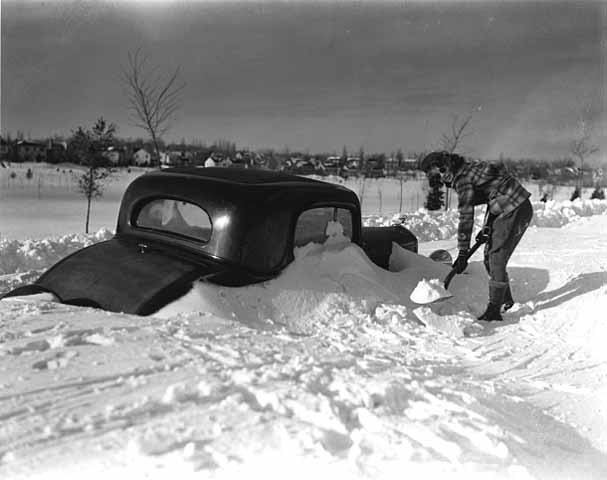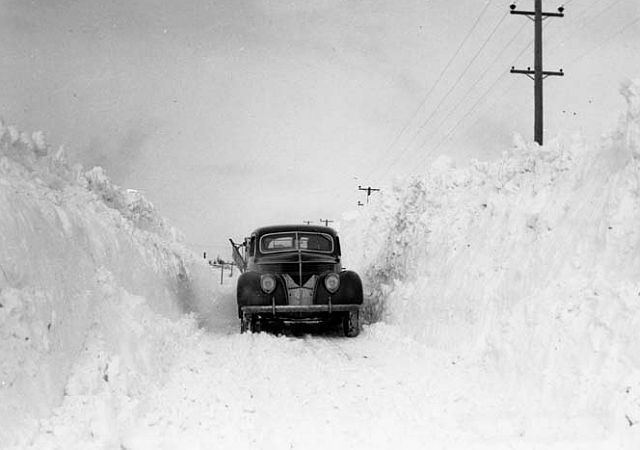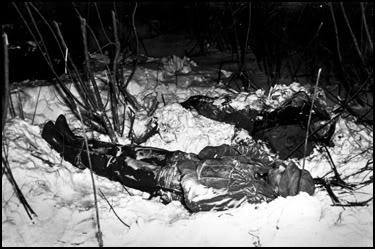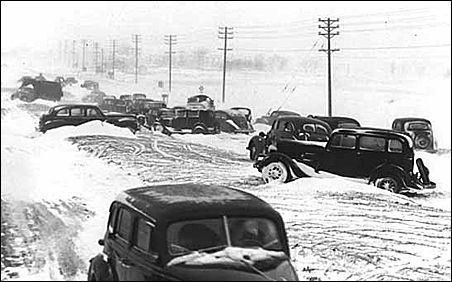Formed November 10, 1940 Casualties 154 fatalities | Dissipated November 12, 1940 Damage 2.2 million USD (1940) | |
 | ||
Type Extratropical cycloneBlizzardPanhandle Hook Similar | ||
Hollace sandholm the 1940 armistice day blizzard wmv
The Armistice Day Blizzard (or the Armistice Day Storm) took place in the Midwest region of the United States on November 11 (Armistice Day) and November 12, 1940. The intense early-season "panhandle hook" winter storm cut a 1,000-mile-wide (1600 km) swath through the middle of the country from Kansas to Michigan.
Contents
- Hollace sandholm the 1940 armistice day blizzard wmv
- Meteorological synopsis
- Casualties
- Aftermath
- References

Meteorological synopsis

The morning of November 11, 1940 brought with it unseasonably high temperatures. By early afternoon, temperatures had warmed into the lower to middle 60s °F (18 °C) over most of the affected region. However, as the day wore on conditions quickly deteriorated. Temperatures dropped sharply, winds picked up and rain, followed by sleet and then snow, began to fall. An intense low pressure system had tracked from the southern plains northeastward into western Wisconsin, pulling Gulf of Mexico moisture up from the south and pulling down a cold arctic air mass from the north.

The result was a raging blizzard that would last into the next day. Snowfalls of up to 27 inches (69 cm), winds of 50 to 80 mph (80–130 km/h), 20-foot (6.1 m) snow drifts, and 50-degree Fahrenheit (28 °C) temperature drops were common over parts of the states of Nebraska, South Dakota, Iowa, Minnesota, Wisconsin, and Michigan. In Minnesota, 27 inches (69 cm) of snow fell at Collegeville, and the Twin Cities recorded 16 inches (41 cm). Record low pressures were recorded in La Crosse, Wisconsin and Duluth, Minnesota. Transportation and communications were crippled, which made finding the dead and injured more difficult. The Armistice Day Blizzard ranks #2 in Minnesota's list of the top five weather events of the 20th century.
Casualties
A total of 145 deaths were blamed on the storm, with the following instances being noteworthy:

Additionally, 1.5 million turkeys intended for Thanksgiving dinner across Minnesota perished from exposure to the cold conditions.
Aftermath

Prior to this event, all of the weather forecasts for the region originated in Chicago. After the failure to provide an accurate forecast for this blizzard, forecasting responsibilities were expanded to include 24-hour coverage and more forecasting offices were created, yielding more accurate local forecasts.

